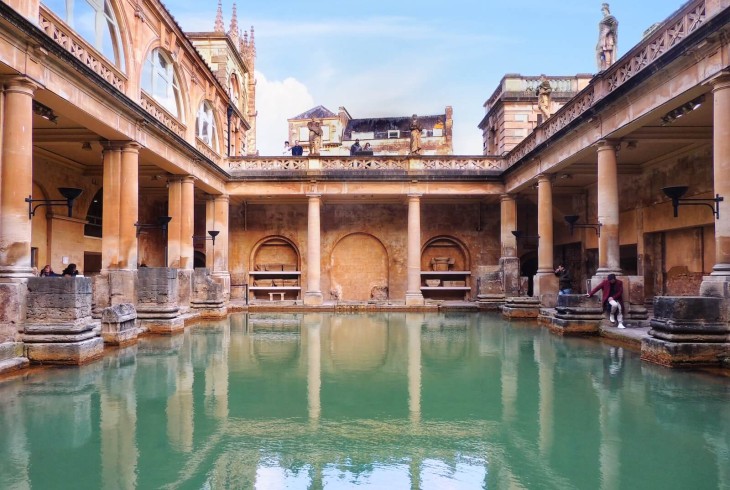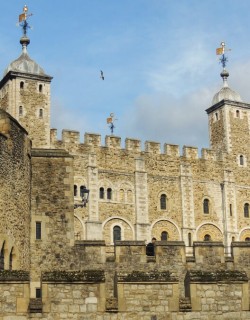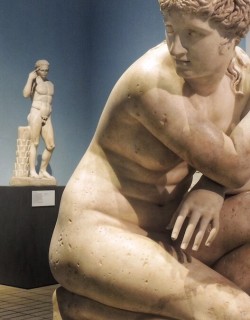With its fascinating history, spectacular Georgian architecture and rich literary heritage (think the witty repartee of Jane Austen’s characters as they promenade down cobbled lanes), magnificent Bath is one of the most charming cities in all of England. Amongst the series of glittering highlights that Bath has to offer, the first amongst equals must be the magnificent ancient thermal spa complex that gives the city its name. Easily one of the most important Roman archaeological sites outside the Mediterranean, a visit to Bath’s baths offers the unique opportunity to travel back in time to the heyday of Roman Britain almost 2,000 years ago.
Discover the story of this incredible UNESCO World Heritage Site with us, and find out why a visit to Bath needs to be on your to-do list next time you’re in England - conveniently, it’s an easy day trip from London!
Roman Bathing Rituals

But first, some background. Roman enthusiasm for communal bathing was legendary: in Rome alone massive thermal complexes like the Baths of Diocletian and the Baths of Caracalla served thousands of citizens every day. Water was considered to be a gift from the gods in antiquity, and Romans were convinced of the therapeutic benefits of bathing.
The rituals at the baths encompassed a number of well-defined phases: the first stage typically involved plunging into the icy waters of a cold pool known as a frigidarium in order to stimulate circulation. The next stop was the tepidarium, whose relatively warmer temperatures helped bathers to adjust before making their way to the caldarium, where a hot bath and steam treatments awaited. After oiling up, bathers were scraped down with an instrument known as a strigil before returning to the frigidarium for a final rinse.
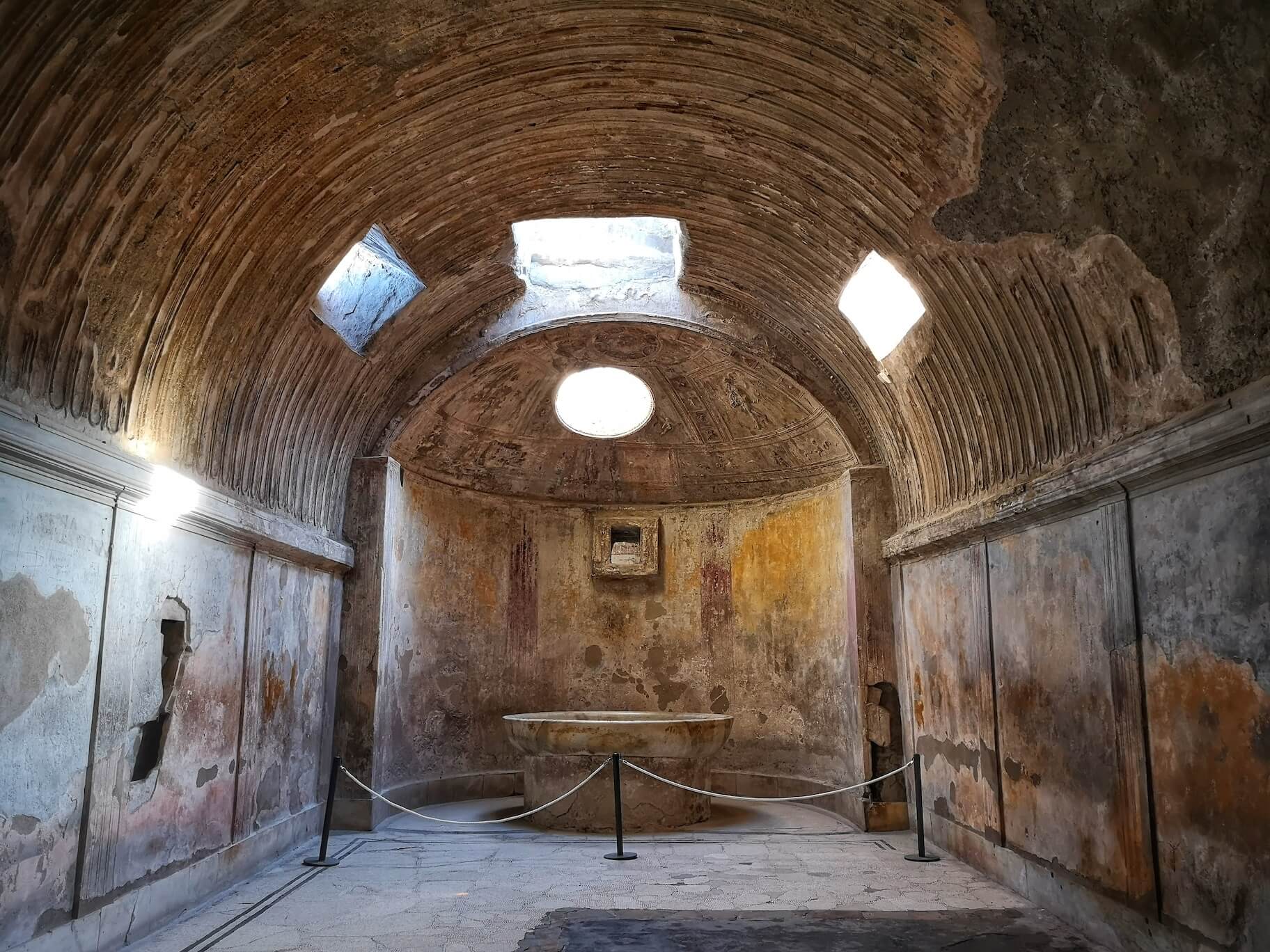
In addition to the well-established health and hygiene benefits associated with bathing, regular visits to the baths had an important social function in the ancient Roman world: it was here that citizens might catch up with the latest gossip, learn of the important news of the day, transact business deals or simply hang out with friends and colleagues chatting, playing games and gambling. Major bath complexes often even had fully-fledged gyms and lavishly decorated libraries attached - mosaics from the library at the Baths of the Caracalla (now housed in the Vatican museums) offer some of the most vivid portraits of gladiators to survive from antiquity.
As the empire expanded and Roman colonies spread to the farthest-flung corners of the known world, Romans brought their bathing customs with them: for the soldiers, bureaucrats and elite officials that kept the empire’s dominions ticking over, a day at the baths was a much-needed reminder of the comforts of home.
Britain had been in the sights of land and resource hungry Roman generals since Julius Caesar made a series of forays onto the island between 55 and 54 BC, and the emperor Claudius finally launched a fully-fledged invasion just under a century later in 43 AD. Major settlements at Londinium (London) Camulodonum (Colchester) and Verulamium (St. Albans) provided the first footholds in the new territory, and with them the story of Roman Britain had truly begun.
The Roman Baths at Bath in Antiquity
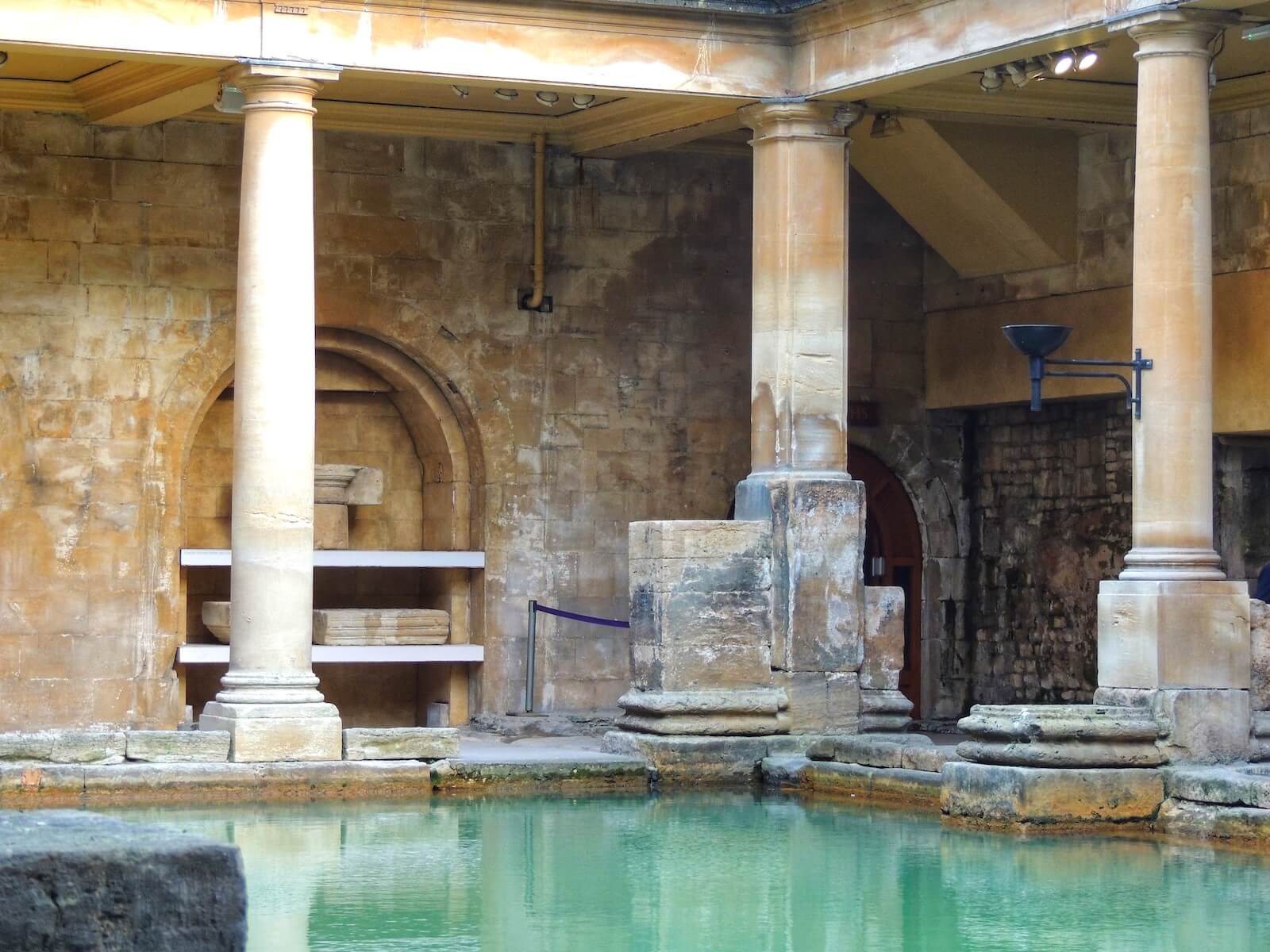
The stunning thermal complex at Bath has its origins around the year 70 AD, and centred around a hot spring known as the Aquae Sulis that the Roman invaders considered to possess extraordinary, divinely-inspired health benefits. To valorise the site, local Roman officials built an elaborate baths complex over the springs alongside a grandiose temple dedicated to Sulis-Minerva, the goddess of healing who was thought to inhabit the spring. It’s not known who exactly was responsible for the foundation of the Roman temple and baths, but the sophisticated architecture and design indicates that the site had powerful backers.
The Sacred Spring
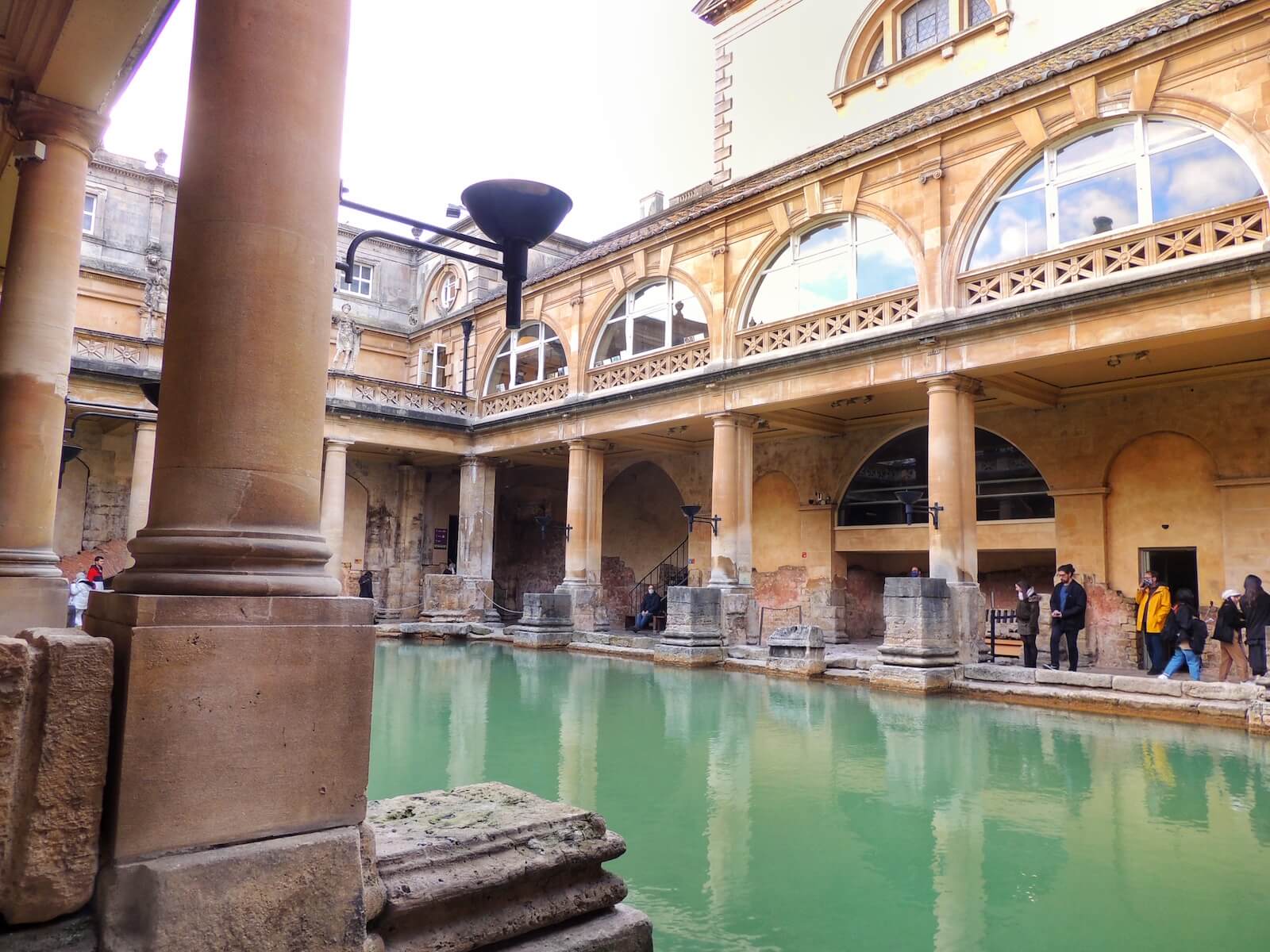
The boiling water that bubbles up from the earth beneath the baths owes its existence to a unique geo-thermic phenomenon. Over the course of thousands of years, rainwater has seeped slowly through the porous limestone rock characteristic of the local landscape, down, down through the earth’s crust and towards its molten core - picking up heat and an array of minerals including calcium, sodium, magnesium, and potassium along the way. The laws of physics dictate that the pressurised water begins to rise again once it reaches a depth of around 4,000 metres, and eventually the still hot (between 110 and 120 degrees fahrenheit), mineral laden water surges out of the bedrock through three fissures in the earth at the incredible rate of 1.44 million litres per day.
The thermal springs at Bath were known to the pre-Roman prehistoric denizens of the Mendips thousands of years before the final conquest of Britain in the year 43 AD, and a shrine to the Celtic goddess Sulis already existed in the area. To the bathing-crazed Romans too it seemed like a gift from the gods, and they wasted little time in building their own temple dedicated to Sulis repurposed as the Roman goddess Minerva - ancient Romans were syncretic in their beliefs, and were always ready to pay homage to new gods in the distant lands to which they ventured. And so the new settlement that sprang up here came to be known as Aquae Sulis.
The Temple of Sulis-Minerva

Remains of this grand temple, the best preserved of Roman Britain, can be seen beneath the baths complex. The temple itself rose on a large, 2-metre tall podium approached via a flight of steps from the surrounding courtyard. Corinthian columns held up a pediment and frieze decorated with sculptures. Sections of the pediment, with its threatening bearded Gorgon head decoration, can be seen in the subterranean museum, alongside a number of fascinating ancient finds including a large cache of coins that were thrown into the sacred spring as votive offerings to the goddess. You can also see a magnificent sculptured head in gilt bronze of Sulis Minerva here was discovered by workmen in 1727, the first major archaeological find on the site and the one which kickstarted excavations of Roman Bath.
The Great Bath

The Great Bath was at the heart of the ancient bathing complex. Here the restorative waters of the hot spring, known as the Fons Sulis, were siphoned and collected into a large lead-lined pool measuring 24 metres by 12 metres, and 1.6 metres deep, where bathers would immerse themselves in the sulphuric liquid to take advantage of its healing properties. The pool was surrounded by an arcade with a marble pavement and benches so visitors to the baths could stroll in between dips. Although the bath is open to the elements today, it would have been covered in antiquity; an initial timber roof was replaced by a soaring barrel vault in brick and concrete sometime in the 2nd century AD.
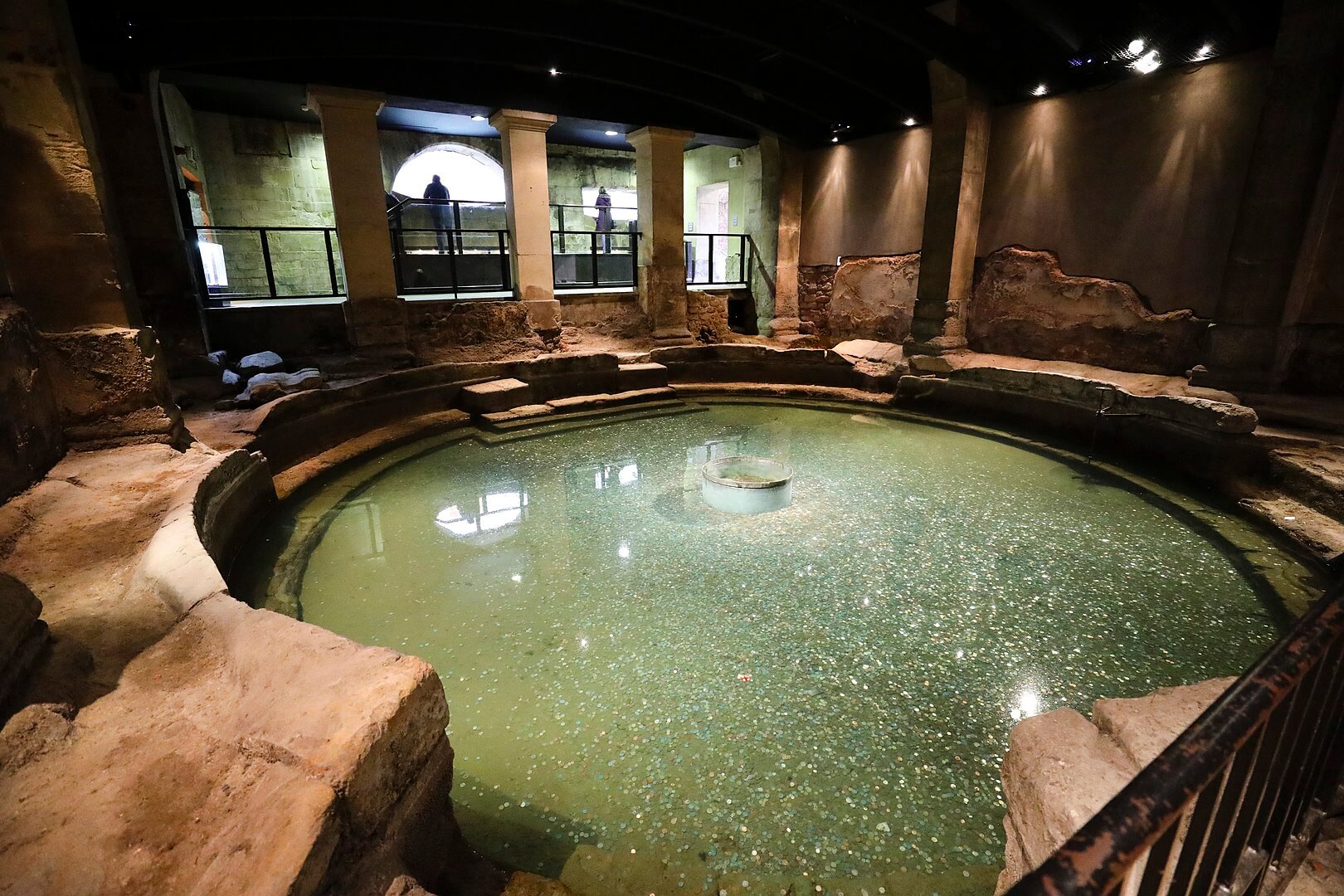
At the western end of the complex the conventional rooms of a traditional Roman bath appeared - the frigardium, tepidarium and caldarium, as well as a laconicum, or dry sweat room. Excavations have uncovered the complex hypocaust system of pipes and steam that heated the floors, raised on small brick pillars, under the bathing spaces. Digital projections of ancient Roman bathers pop up here and there along the walls of the bathing room, providing insight into what went on here in antiquity.
The King’s Bath
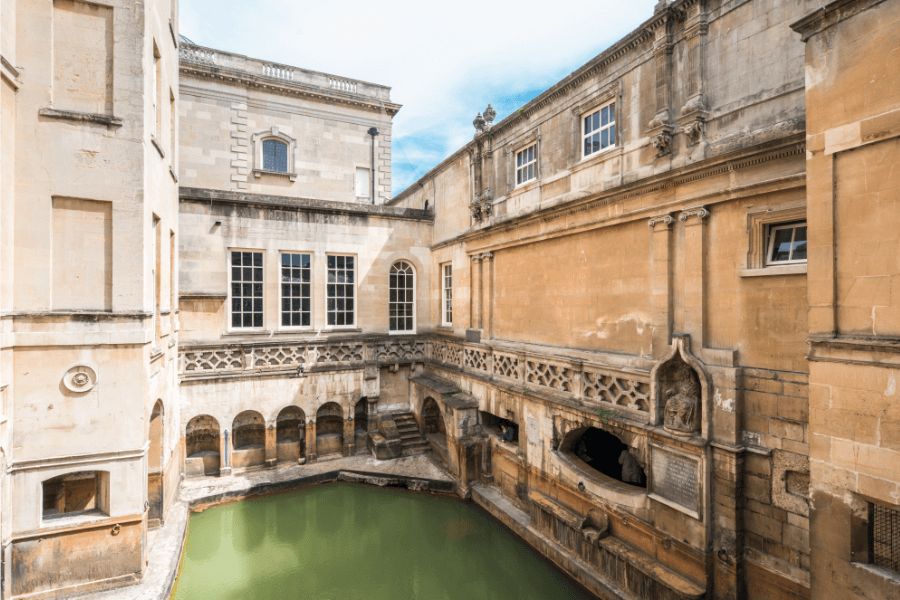
The baths were in use by the Romans for over 300 years, before they fell into disuse and decline as Roman influence in Britain waned. The vaulted Roman bath probably collapsed in on itself in the 6th century, and the wooden piles that supported the pool sunk deep into the mud. The spring remained known to residents of the area, however, and in the 12th century another bathing pool was built adjacent to the Great Pool, making use of the walls that the ancient Roman engineers built around the spring itself as foundations. This new medieval complex was probably the brainchild of John of Tours, a priest and doctor who became the city’s bishop, and was known as the King’s Bath. A contemporary text describes how 'from all over England, sick people come to wash away their infirmities in the healing waters’ during this period.

The King’s bath had niches installed into the sides of the pool where bathers could sit covered to their necks in the curative waters. A statue of the mythical British king Bladud, who according to legend founded the city after a restorative dip in the brackish local waters cured him of a nasty bout of leprosy in 863 BC, presides over the proceedings. A smaller bathing pool sits alongside the King’s Baths. Originally known as the New Bath, it was renamed the Queen’s Bath in honour of Queen Anne of Denmark, who visited the site in 1613.
Developing medical interest in the curative properties of the spa waters meant that the baths became increasingly popular throughout the early modern period, spurred on by local physicians waxing lyrically about the miraculous effects of the local water to heal all manner of ills - from rheumatism to palsy, trembling limbs and even amnesia. The diarist Samuel Pepys visited the Baths in 1668, and recalled seeing great throngs of bathers from every rank and class of society all thrown together in the mineral-rich waters, ‘parboiled’ from the heat.
The Terrace
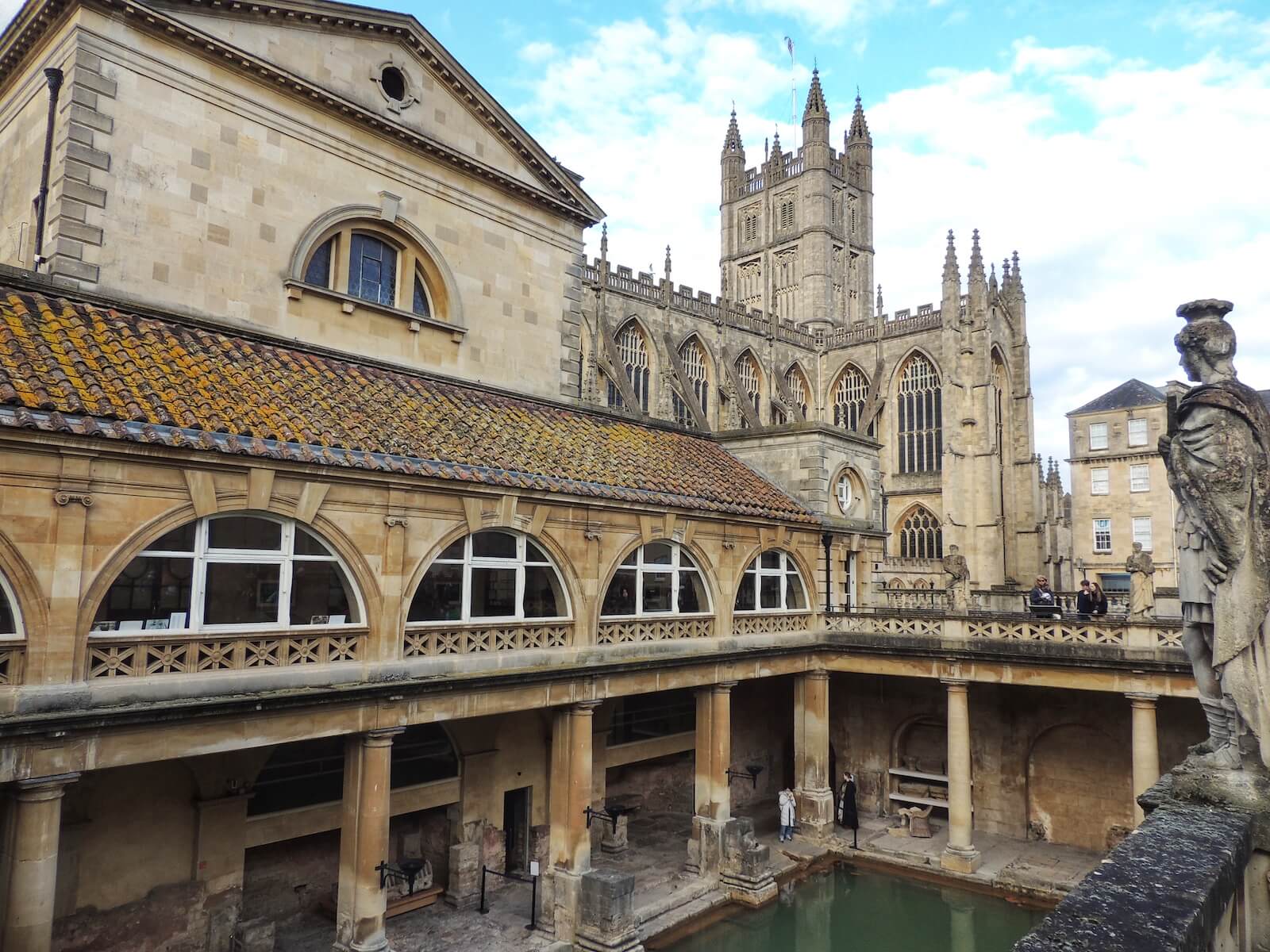
The popularity of the baths as a must-visit destination only grew as the centuries wore on, reaching a peak in the Georgian and Regency era when the curative properties of the water were renowned across the country, and helped make Bath one of England’s most fashionable cities.
The current aspect of the baths owes much to this period, and today the complex is immersed in a spectacular series of early 19th-century neoclassical buildings designed by the father-and-son architect team John Wood the Elder and John Wood the younger, whose work you’ll also be able to admire at the Royal Crescent, the Circus and Queen Square. From the sweeping terrace that they built atop the baths you can get a fabulous view down into the vibrant green waters of the ancient Great Pool. The terrace is watched over by statues depicting Roman Emperors and governors.
The Pump Room

Nowhere embodies the fashionable world of Regency-era Bath as immortalised so brilliantly in the novels of Jane Austen better than the Pump Room, a magnificent hall studded with chandeliers, elegant tiles and paintings where the great and the good of Georgian England came to quite literally ‘take the waters.’ The mineral-laden waters of the Spring were pumped up here from an elegant fountain (hence the name) to be drunk by patrons for its supposed health benefits.
The Pump Room was the premier place to see and be seen, and Austen described how ‘every creature in Bath was to be seen in the room at different periods of the fashionable hours.' Now home to the Pump Room restaurant, it’s still a mighty popular spot today, and you might well find yourself tumbling in here for afternoon tea after a long day exploring the Baths. And the water? Well, you can still sample the it in the Pump Room, but fear not - these days it’s been carefully treated and filtered to make sure you’re not getting any unwelcome bacteria alongside the 42 minerals that make the water famous. Be warned, though, it is something of an acquired taste!
How to Visit
The Roman Baths are one of England’s top visitor attractions, and can get very busy during the weekends and summer months. It’s essential to book your timed entrance ticket in advance to avoid disappointment. For up to date pricing and to book your tickets, visit the Roman Baths official website. If you’d like to take the hassle out of arranging your visit and explore the Roman Baths in the company of an expert, then consider taking a private tour of Bath.
Through Eternity Tours offer private day-trips from London to Bath. Discover the magnificent sights of England’s finest Georgian city, from the incredible ancient Roman Baths to the Royal Crescent and more in the company of a local expert guide - follow the link below to find out more: Bath and Stonehenge Day Trip from London.
